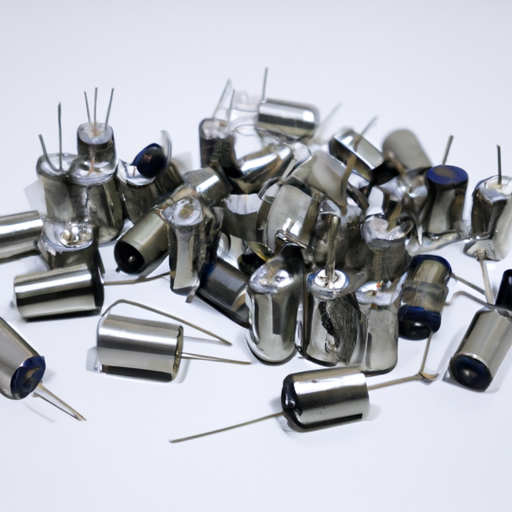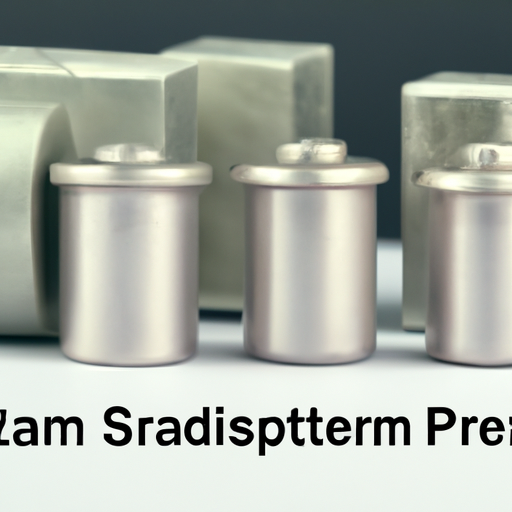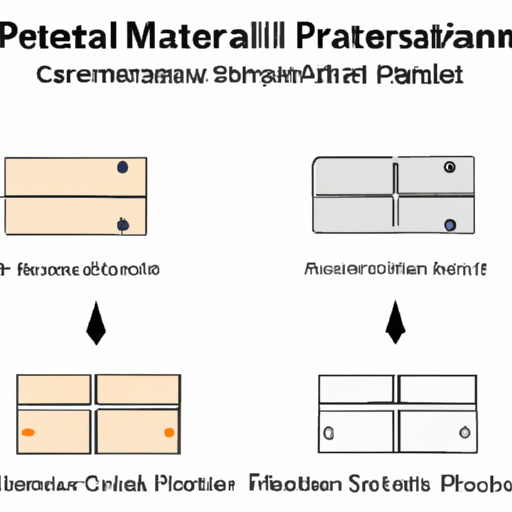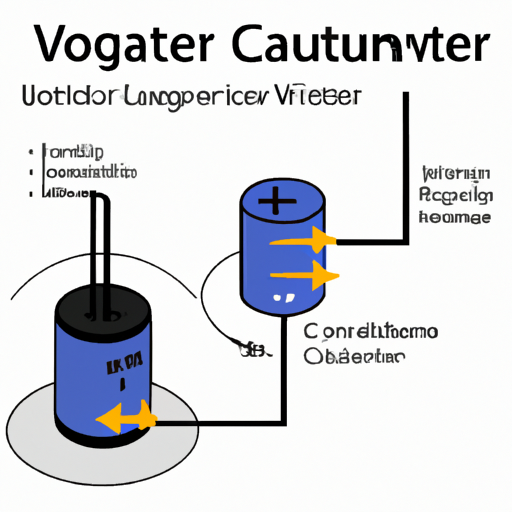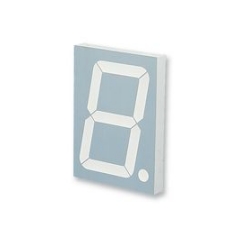Similar recommendations for capacitor capacity components
Similar Recommendations for Capacitor Capacity Components
I. Introduction
Capacitors are fundamental components in electronic circuits, serving various roles that are crucial for the functionality and efficiency of devices. They store and release electrical energy, filter signals, and stabilize voltage levels, among other functions. Selecting the right capacitor capacity is vital for ensuring that electronic devices operate correctly and reliably. This article aims to provide recommendations for capacitor capacity components, helping engineers and hobbyists alike make informed decisions when choosing capacitors for their projects.
II. Understanding Capacitor Capacity
A. Explanation of Capacitance and Its Measurement
Capacitance is the ability of a capacitor to store an electrical charge, measured in Farads (F). A Farad is defined as the amount of charge stored per volt of electrical potential. In practical applications, capacitors are often rated in microfarads (µF), nanofarads (nF), or picofarads (pF), as these units are more suitable for the capacitance values typically encountered in electronic circuits.
B. Factors Influencing Capacitor Capacity Selection
When selecting a capacitor, several factors must be considered:
1. **Voltage Rating**: The voltage rating indicates the maximum voltage the capacitor can handle without breaking down. It is crucial to choose a capacitor with a voltage rating higher than the maximum voltage it will encounter in the circuit.
2. **Application Requirements**: Different applications may require specific capacitance values. For instance, timing circuits may need precise capacitance values, while power supply filtering may require larger capacitance.
3. **Environmental Conditions**: Factors such as temperature, humidity, and exposure to chemicals can affect capacitor performance. Selecting capacitors rated for the specific environmental conditions of the application is essential.
C. Types of Capacitors and Their Typical Capacitance Ranges
Capacitors come in various types, each with unique characteristics and typical capacitance ranges. Understanding these types is crucial for making informed decisions about which capacitor to use in a given application.
III. Common Applications of Capacitors
Capacitors are used in a wide range of applications, including:
A. Power Supply Filtering
In power supply circuits, capacitors smooth out voltage fluctuations, providing a stable output. They filter out noise and ripple, ensuring that sensitive components receive clean power.
B. Signal Coupling and Decoupling
Capacitors are used to couple and decouple signals in audio and radio frequency applications. They allow AC signals to pass while blocking DC components, ensuring that only the desired signals are transmitted.
C. Timing Circuits
In timing circuits, capacitors work with resistors to create time delays. They charge and discharge at specific rates, allowing for precise timing control in applications such as oscillators and timers.
D. Energy Storage in Power Electronics
Capacitors store energy for later use in power electronics, such as inverters and converters. They provide quick bursts of energy when needed, improving the efficiency of these systems.
E. Motor Start and Run Applications
Capacitors are essential in motor applications, providing the necessary starting torque and improving efficiency during operation. They help stabilize the motor's performance under varying load conditions.
IV. Recommended Capacitor Types for Various Applications
A. Electrolytic Capacitors
1. **Characteristics and Advantages**: Electrolytic capacitors are polarized and offer high capacitance values in a relatively small package. They are ideal for applications requiring significant energy storage.
2. **Recommended Capacitance Range**: Typically, electrolytic capacitors range from 1000µF to 2000µF.
3. **Suitable Applications**: They are commonly used in power supply filtering, audio applications, and energy storage.
B. Ceramic Capacitors
1. **Characteristics and Advantages**: Ceramic capacitors are non-polarized and have low equivalent series resistance (ESR), making them suitable for high-frequency applications.
2. **Recommended Capacitance Range**: Their capacitance typically ranges from 1nF to 10µF.
3. **Suitable Applications**: They are ideal for decoupling, filtering, and timing circuits.
C. Film Capacitors
1. **Characteristics and Advantages**: Film capacitors are known for their stability, low loss, and long lifespan. They are non-polarized and can handle high voltages.
2. **Recommended Capacitance Range**: Film capacitors usually range from 1nF to 100µF.
3. **Suitable Applications**: They are often used in audio applications, timing circuits, and power electronics.
D. Tantalum Capacitors
1. **Characteristics and Advantages**: Tantalum capacitors offer high capacitance in a small size and are stable over a wide temperature range. They are also non-polarized.
2. **Recommended Capacitance Range**: Their capacitance typically ranges from 1µF to 1000µF.
3. **Suitable Applications**: They are commonly used in power supply circuits, decoupling, and energy storage applications.
V. Factors to Consider When Choosing Capacitor Capacity
A. Application-Specific Requirements
Understanding the specific needs of the application is crucial. For example, timing circuits may require precise capacitance values, while power supply applications may prioritize high capacitance.
B. Size and Form Factor Constraints
The physical size of the capacitor can impact the overall design of the circuit. Engineers must consider the available space and choose capacitors that fit within those constraints.
C. Temperature and Voltage Ratings
Capacitors must be rated for the temperature and voltage conditions they will encounter. Selecting capacitors with appropriate ratings ensures reliability and longevity.
D. Reliability and Lifespan Considerations
Different capacitor types have varying lifespans and reliability ratings. It is essential to choose capacitors that meet the expected lifespan of the application.
E. Cost-Effectiveness
While performance is critical, cost is also a factor. Engineers should balance performance requirements with budget constraints to select the most cost-effective solution.
VI. Best Practices for Capacitor Selection
A. Evaluating Circuit Requirements
Before selecting a capacitor, it is essential to evaluate the circuit's requirements thoroughly. This includes understanding the voltage, current, and frequency characteristics of the application.
B. Consulting Datasheets and Manufacturer Specifications
Datasheets provide valuable information about capacitor performance, including capacitance values, voltage ratings, and temperature coefficients. Consulting these resources is crucial for making informed decisions.
C. Considering Future Scalability and Upgrades
When selecting capacitors, consider future needs. Choosing components that can accommodate potential upgrades or changes in the application can save time and resources in the long run.
D. Importance of Testing and Prototyping
Testing and prototyping are essential steps in the design process. Building prototypes allows engineers to evaluate capacitor performance in real-world conditions, ensuring that the selected components meet the application's needs.
VII. Conclusion
Selecting the right capacitor capacity is a critical aspect of electronic design. By understanding the various types of capacitors, their characteristics, and the specific requirements of different applications, engineers can make informed decisions that enhance the performance and reliability of their circuits. It is essential to consider application-specific needs, environmental conditions, and future scalability when choosing capacitors. Ultimately, capacitors play a vital role in modern electronics, and making the right choice can significantly impact the success of a project.
VIII. References
1. "Capacitor Basics: Understanding Capacitors and Their Applications." Electronics Tutorials.
2. "Choosing the Right Capacitor for Your Application." Digi-Key Electronics.
3. "Capacitor Selection Guide." Mouser Electronics.
4. "Understanding Capacitor Ratings and Specifications." All About Circuits.
5. Manufacturer datasheets for specific capacitor types and applications.


